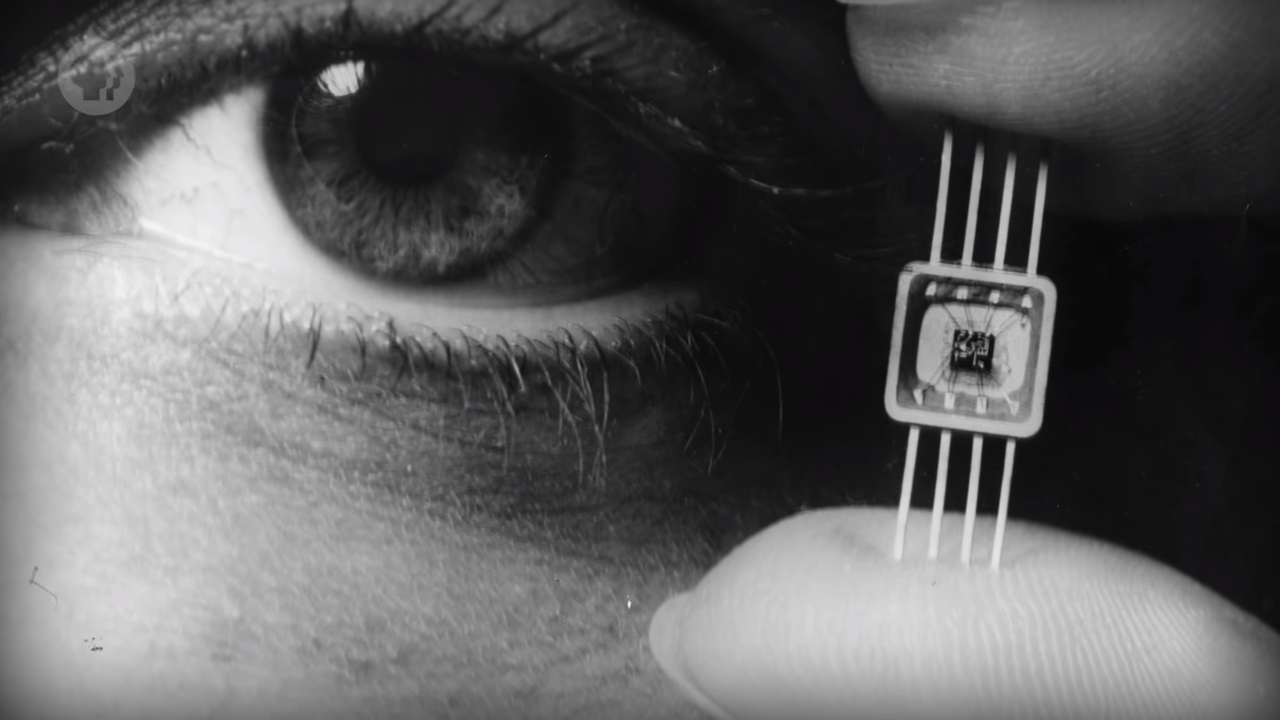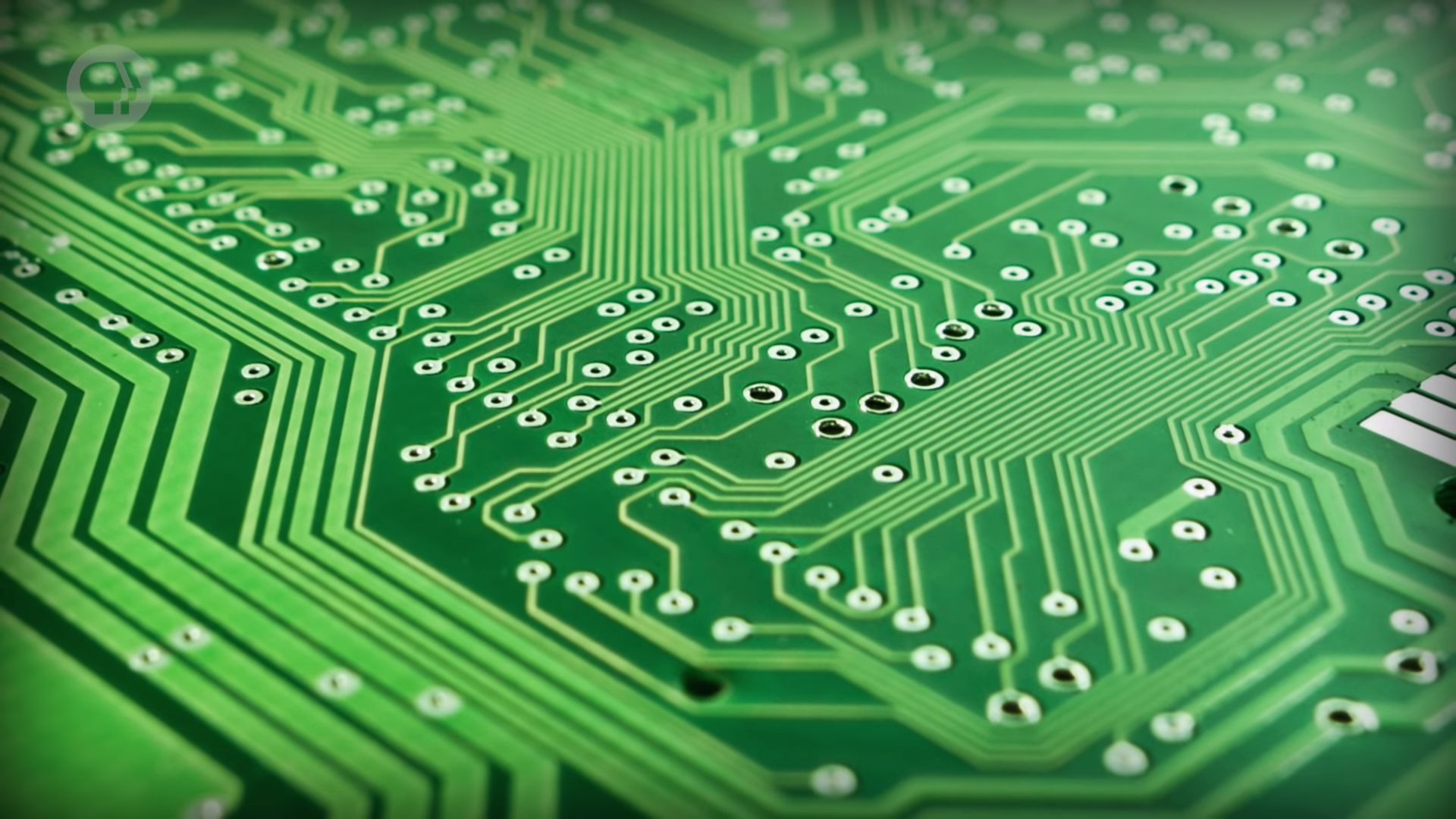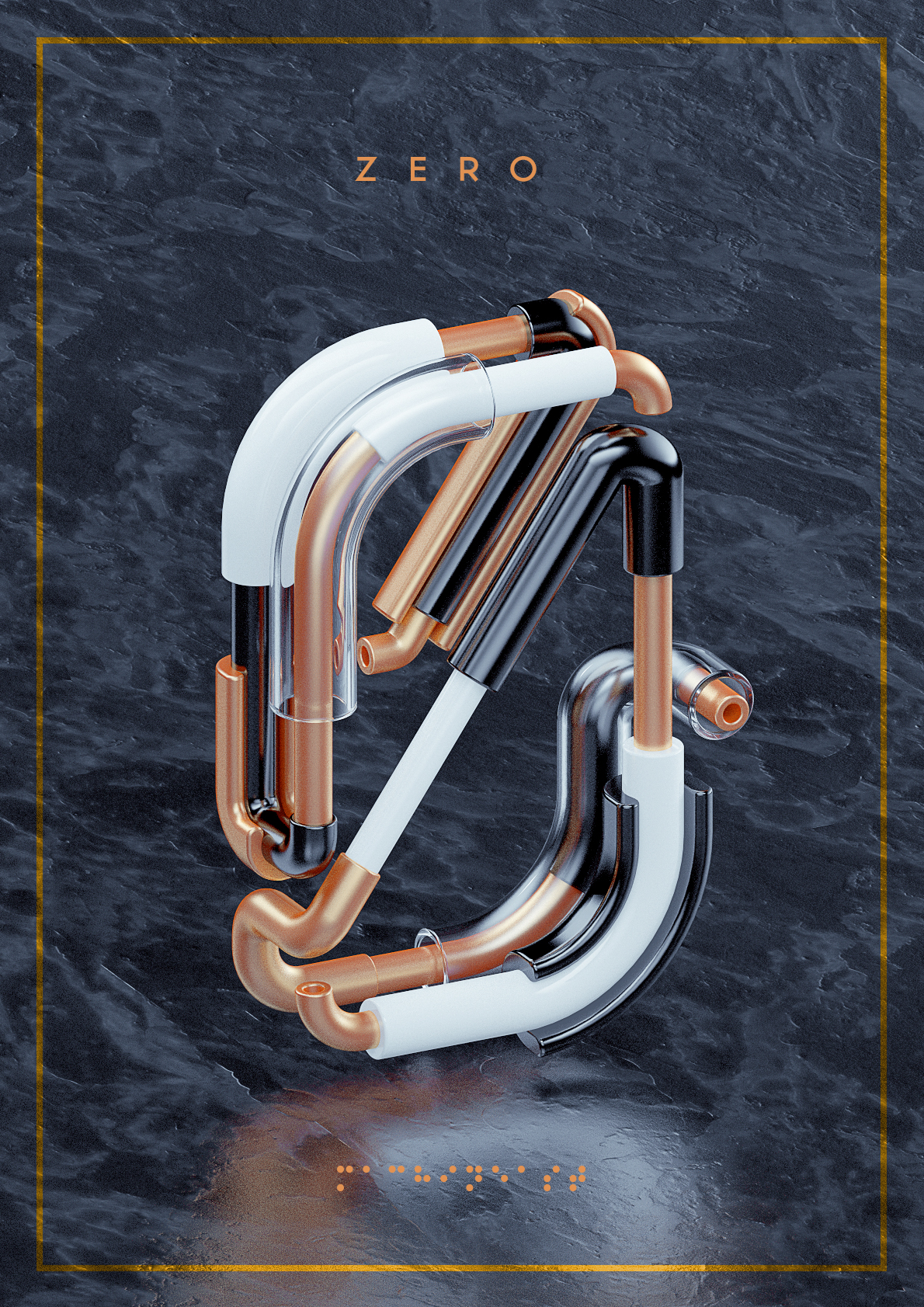Early Computers
- From roughly the 1940's through the mid-1960's, every computer was built from individual parts, called discrete compunents, which were all wired together.
- Adding more components to increase performance meant more connectioons, more wires, and just more complexity, what wa dubbed the Tyranny of Numbers.
- By the mid 1950's, transistors, which were much smaller, faster and more reliable than vacuum tubes, were incorporated into computers, but it was still one discrete component.
IC (Integrated Circuit)

- The breakthrough came in 1958, where you put many compenents together inside of a new, single component. It is called integrated circuits, or IC.
- They still have to be wired together at some point to create even bigger and more complex circuits (like a whole computer).
PCB (Printed Circuit Board)

- PCB's have all the metal wires etched right into them to connect components together. (no wires anymore!)
- IC's on PCB -> Faster, cheaper, reliable.
Photolithography
- Even very small components could have 5 transistor most on a single IC.
- New fabrication process called photolithography - way to use light to transfer complex patterns to a material, like a semiconductor.
- It can create resistors and capacitors all on a single piece of silicon.
- As technics improved, the size of transistors shrunk, allowing for greater densities.
- Early 1960s - 5 transistors on an IC, mid 1960s - over 100 on an IC
Moore's Law
- In 1965, Gordon Moore could see the trend that by the advances in materials and manufacturing, the number of transistors that fit into the same amount of space doubles approximately every two years. (Moore's Law)
- The smaller the transistor, the less charge needed, allowing it to switch states faster and consume less power. Plus, more compact circuits meant less delay in signals, resulting in faster clock speeds.
- In 1968, Robert Noyce and Gordon Moore teamed up and founded a new company, combining the words Integrated and Electronics - Intel - the largest chip maker today.
- The Intel 4004 CPU, 1971, was the first processor that shipped as an IC, what's called a microprocessor. It contained 2,300 transtors. An entire CPU in one chip.
- By 2010, one billion transistors in one IC.
VLSI (Very-Large-Scale Integration)
- Starting in the 1970's very-large-scale integration, or VLSI software, has been used to automatically generate chip designs instead.
- Using techniques like logic synthesis, where whole, high-level components (like memory cache) can be laid down, the software generates the circuit in the most efficient way possible.
- Many consider this to be the srart of fourth generation computers.
End of Moore's Law?
Two significant issues holding back from further miniaturization:
- Reaching limits on making features on a photomask and it's resultant wafer due to the wavelengths of light used in photolithography.
- Scientists have been developing light sources with smaller wavelengths that can project smaller features.
- When transistors get really small where electrodes might be separated by only a few dozen atoms, electrons can jump the gap, a phenomenon called quantum tunneling. If transistors leak current, they don't make good switches.
- Transistors as small as 1 nanometer have been demonstrated in reserch labs.
Vocabulary
- discrete - separate, distinct
- tyranny - (정부의) 독재, 폭압
- unwieldy - 크거나 무거워서 운반하기 어려운, (시스템이) 크거나 복잡해서 운용하기 어려운
- usher in - introduce (usher - 안내하다)
- solder - 납땜하다
- bundle - 묶다
- itty-bitty (itsy-bitsy) - 매우 작은
- fabricate - 제조하다.
- feasible - 실현 가능한 (practicable)
Thoughts
- Photolithography(사진석판술)에 대한 전반적인 내용이 있었는데 들어도 무슨 말인지 모르겠어서 그 부분은 그냥 듣는걸로 만족했다.
- 지금 트렌드는 어떻게 더 작게 만들까 보다는 어떻게 더 사용전력을 줄일까로 방향을 잡고 있다고 한다. 그런 의미에서 이번 애플이 만든 M1 cpu 칩은 기존의 intel cpu보다 발열량이 확 줄어들었는데 전력을 줄인 결과가 아닌가 싶다.
